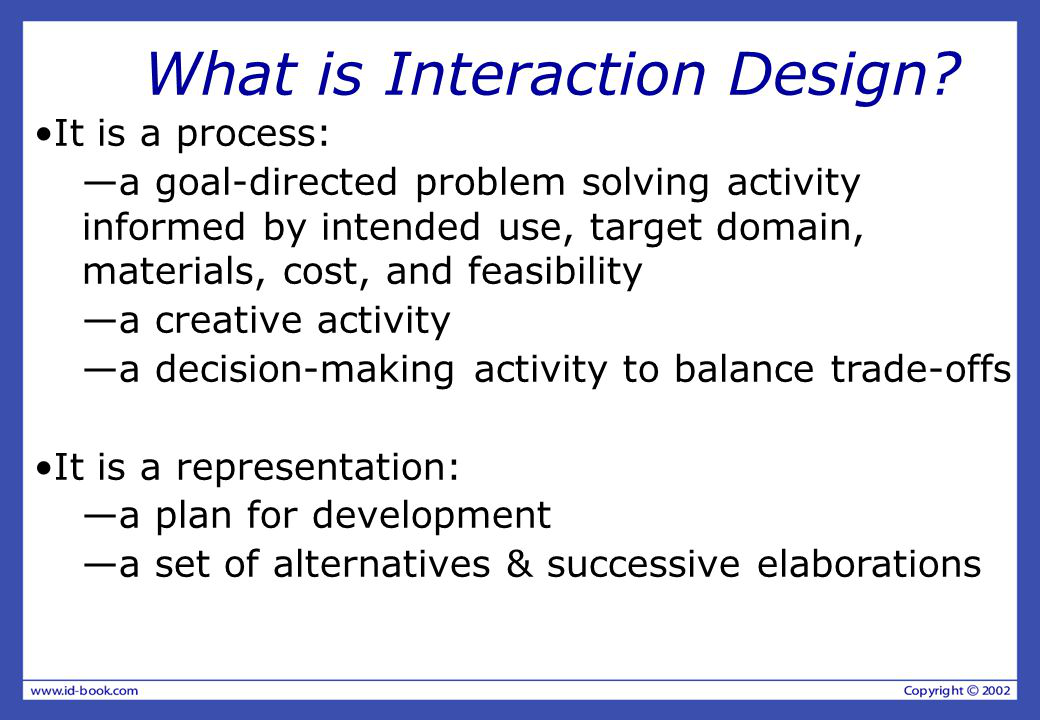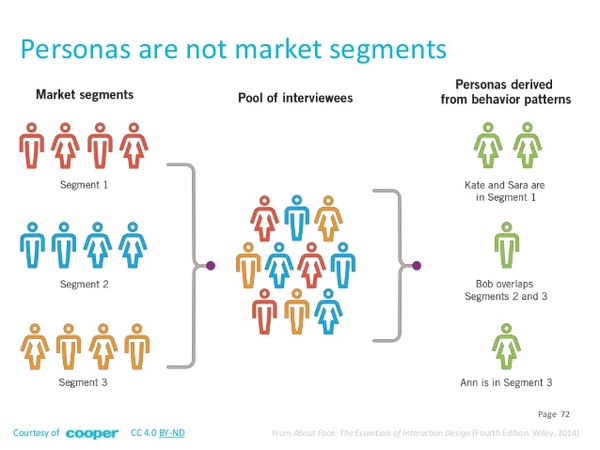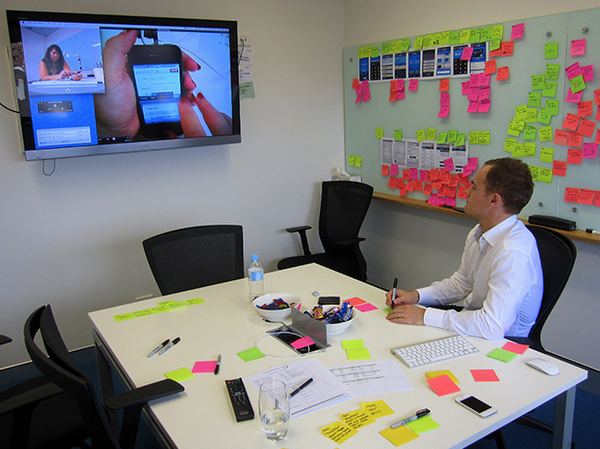What is Interaction Design And How it Works?
“Interaction design” is not a fresh term in the design industry. While batches of Rookies are flocking in this industry with questions about this term. For example, what is interaction design and what are its principles? How’s it work and what’s the interaction design progress?
Interaction design, often abbreviated as IxD, is "the practice of designing interactive digital products, environments, systems, and services." While the digital side of this statement is true, interaction design is also useful when creating physical (non-digital) products, exploring how a user might interact with it. Common topics of interaction design include design, human–computer interaction, and software development. While interaction design has an interest in form (similar to other design fields), its main area of focus rests on behavior. Rather than analyzing how things are, interaction design synthesizes and imagines things as they could be. This element of interaction design is what clearly marks IxD as a design field as opposed to a science or engineering field.
--- Wikipedia

Allen Cooper mentioned an internationally recognized interaction design process in “About Face”:
Qualitative Research:
Regardless of the forms, the purpose is to know the 5 elements of Interaction design. It can be a questionnaire or an interview for the target user group. To be more precise, you need to know the users’ Activities, Attitudes, Aptitudes, Motivation, and Skills.
Persona:
Personas will generally contain some basic personal information, such as family, work, living environment, the specific situation associated with the use of the product, and the user goal or product usage description. In normal conditions, 3 to 6 user roles are designed on behalf of the whole user group.

Scenario:
Problem Scenario & Action Scenario: Based on the understanding of the persona, you can imagine the problems that users may encounter in the use of the product. Also, you can create a questions list for persona, and guess the details they will have when using the product. Personas allow for solution preplanning and let you head off possible user difficulties, by allowing for the development of mock problem scenarios.
Wireframes and prototypes are the concrete steps for your solution. With the help of popular prototyping tools, such as Mockplus, Axure, Invision, etc., you can easily show your idea even without the help of programmers.
Expert Evaluation:
Once it is completed, you can invite the designers to do an evaluation of your prototype. Heuristic Evaluation is a commonly used evaluation method which is following the standard of Nielsen Heuristic. Here are ten Nielsen Heuristic rules:
1. Visibility of system status
2. Match between system and the real world
3. User control and freedom
4. Consistency and standards
5. Error prevention
6. Recognition rather than recall
7. Flexibility and efficiency of use
8. Aesthetic and minimalist design
9. Help users recognize, diagnose, and recover from errors
10. Help and documentation
How to do Heuristic Evaluation? It’s easy! Just list the problem you encountered, and then associated them with the corresponding law. Conversely, you can trouble-shoot problem according to the laws, and then rate it by yourself. Commonly used scoring methods are as follows:
4 points - Very serious.Once problems occur, user process will be terminated and unable to recover.
3 points - Relatively serious. User’s process is difficult to recover.
2 points - Serious. Users can restore the progress by themselves,or the problem will only occur once.
1 point - Minor problem, and occasionally occur.
0 points: no problem
Please note: do not forget to modify your wireframe and prototype after evaluation!

User Evaluation:
At this step, you can find some typical users to test the prototype after going through the expert evaluation. During this period, users could be assign with special tasks. For the precise evaluation, it is suggested to record the problems encountered and also score them in the test stage.
Think Aloud is often suggested for user evaluations. In a Think Aloud, literally, users freely speak their thoughts while completing key tasks in the program. You can also provide some questions for guidance purpose. At the same time, you can record the screen and voice with recording software or a camera. This will benefit you in getting an accurate result through intensive observation and record of the progress. Then you can correlate and rate problems with the interaction rules.
What needs to pay attention:
1. Not every step is necessary, but you need to analyze it according to your own project.
2. Each step in this process is related to users, please don’t be subjective.
You May Also Interested in:

nice content has been shared by you. before i read this article i didn't have any knowledge about this but now i got some new idea. so keep on sharing such kind helpful content.
ReplyDeleteFull Stack online Training
Full Stack Training
ReplyDeleteI like your post very much. It is very much useful for my research. I hope you to share more info about this. Keep posting!! Best Devops Training Institute
I would like to thank you for the efforts you have made in writing this article. I like your post very much. It is very much useful for my research. I hope you to share more info about this. Keep posting!!
ReplyDeleteSalesforce Training in Chennai
Salesforce Online Training in Chennai
Salesforce Training in Bangalore
Salesforce Training in Hyderabad
Salesforce training in ameerpet
Salesforce Training in Pune
Salesforce Online Training
Salesforce Training
I appreciate you sharing this content.
ReplyDeleteAngular js course in kphb
Really awsome blog!!! Thanks for sharing with us... Waiting for your new updates...
ReplyDelete